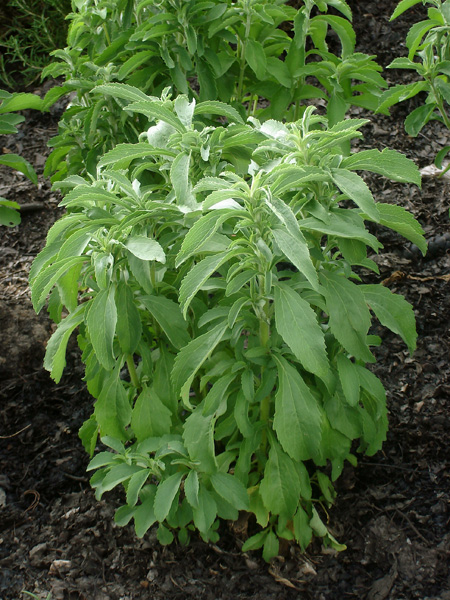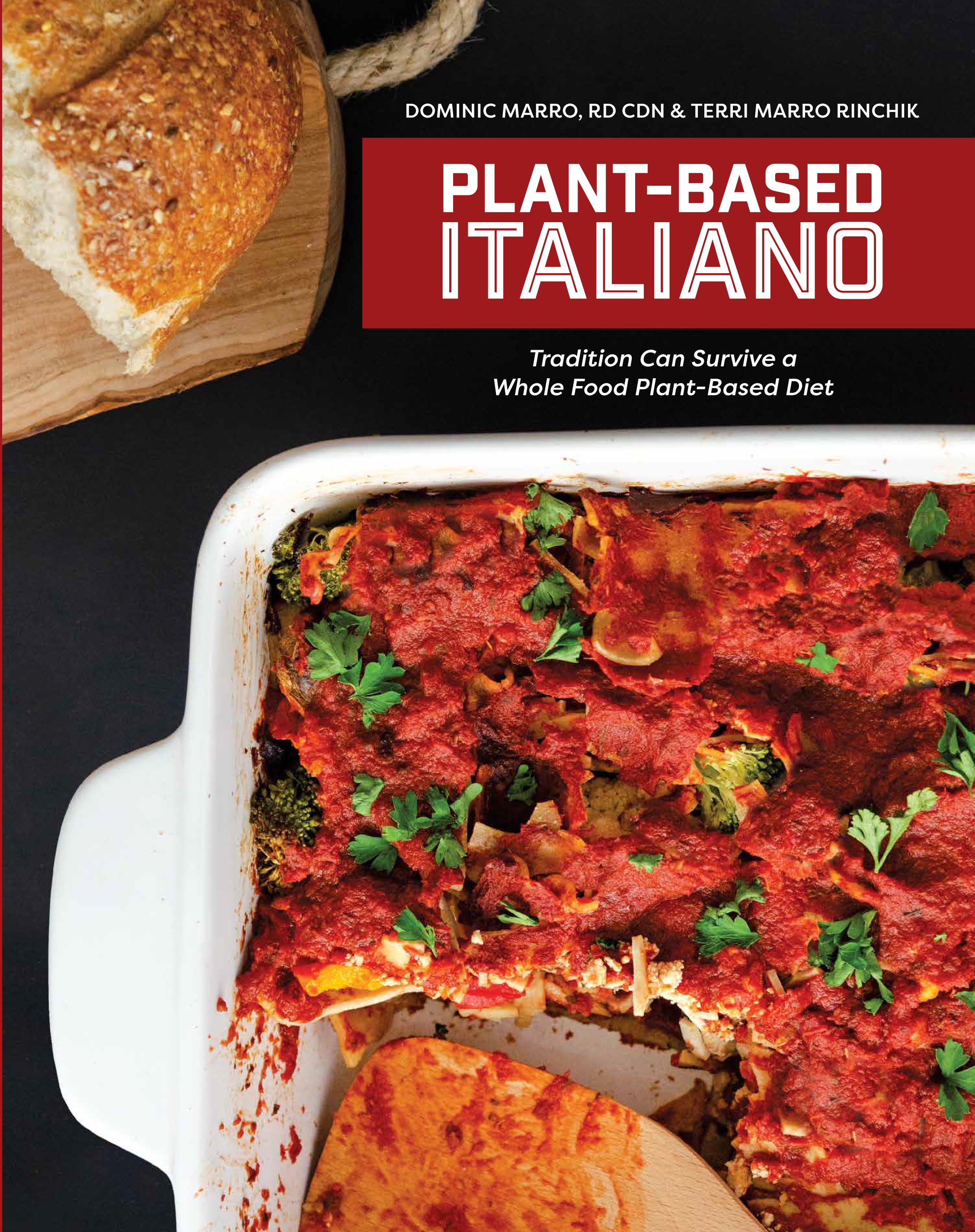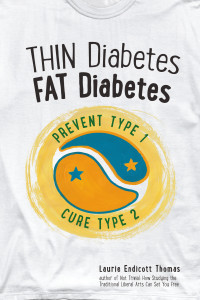
Someone recently asked me my thoughts about Stevia as a potential replacement for added sugars. I did a quick search on this site to see if I had ever written anything about Stevia. I received the dreaded “Sorry, No Material Matched Your Criteria” message so I didn’t have an article to share with the questioner.
My initial response to the Stevia question was that I was unaware that it caused any harm. But the question compelled me to learn a little bit about Stevia.
What is Stevia?
Stevia is made from the leaves of a perennial shrub that is 200 to 300 times sweeter than sugar. The stevia plant is related to popular garden flowers like asters and chyrsanthemums. This natural, non-caloric sugar substitute has been used for centuries in South America and Asia.
Is Stevia Safe?
According to the United States Food and Drug Administration (FDA), Stevia is generally regarded as safe (GRAS).
Stevia has been shown to produce a spike in mutagenic DNA damage through a transformation in our gut at excessive doses. The World Health Organization (WHO) recommends a limit of 4mg/kg of body weight (or 1.8mg of stevia compounds per pound). Based on that limit, as long as you drink less than the equivalent two stevia-sweetened beverages a day, it can be considered harmless.
Have All Stevia Products Been GRAS?
The FDA has approved only the purified form of stevia, called stevioside, as safe to use. Products considered safe contain words in their ingredient list such as stevia extract or stevia rebaudiana.
The FDA does not consider whole stevia leaves and crude stevia extracts as GRAS. The FDA states that its decision is based on reports in the scientific literature that raise concerns about their effect on the reproductive, cardiovascular and renal systems.
Like I always say when buying food that comes in a package, “Read the Ingredients”.






 E Excerpt from Laurie Endicott Thomas’s amazing book Thin Diabetes – Fat Diabetes by clicking here!
E Excerpt from Laurie Endicott Thomas’s amazing book Thin Diabetes – Fat Diabetes by clicking here!
Good information—thanks, Dom, for doing the reasearch and sharing your findings.
Tony S.
Great blog! What does GRAS mean?
What about Monkfruit? 🙂